

Imagine a hospital bustling with state-of-the-art medical devices – ECG monitors, wearable health trackers, smart infusion pumps – each producing streams of critical patient data. These devices are invaluable in tracking patient health in real-time and delivering precise treatment. However, the challenge arises when trying to harmonize this data with the hospital's existing electronic health records (EHR) or data management systems. The existing problem lies in the disparity of data formats, protocols, and standards across various medical devices. While EHR systems are structured, the data from devices often comes in unstructured or semi-structured forms. This mismatch hampers comprehensive analysis and integration, limiting the insights that can be drawn from this treasure trove of data. Statistics underscore the urgency of addressing this data divide:
To harness the transformative power of medical device data, healthcare IT teams must adopt a multifaceted strategy that addresses the challenges and unlocks the true value of this data. Let's delve into the intricacies of these strategies and explore how each can be implemented effectively.1. Standardization and interoperability:The first step in bridging the gap is to encourage device manufacturers to adopt common data standards. This initiative aims to establish a universal language for medical device data, ensuring seamless communication and compatibility between devices and the broader data infrastructure.
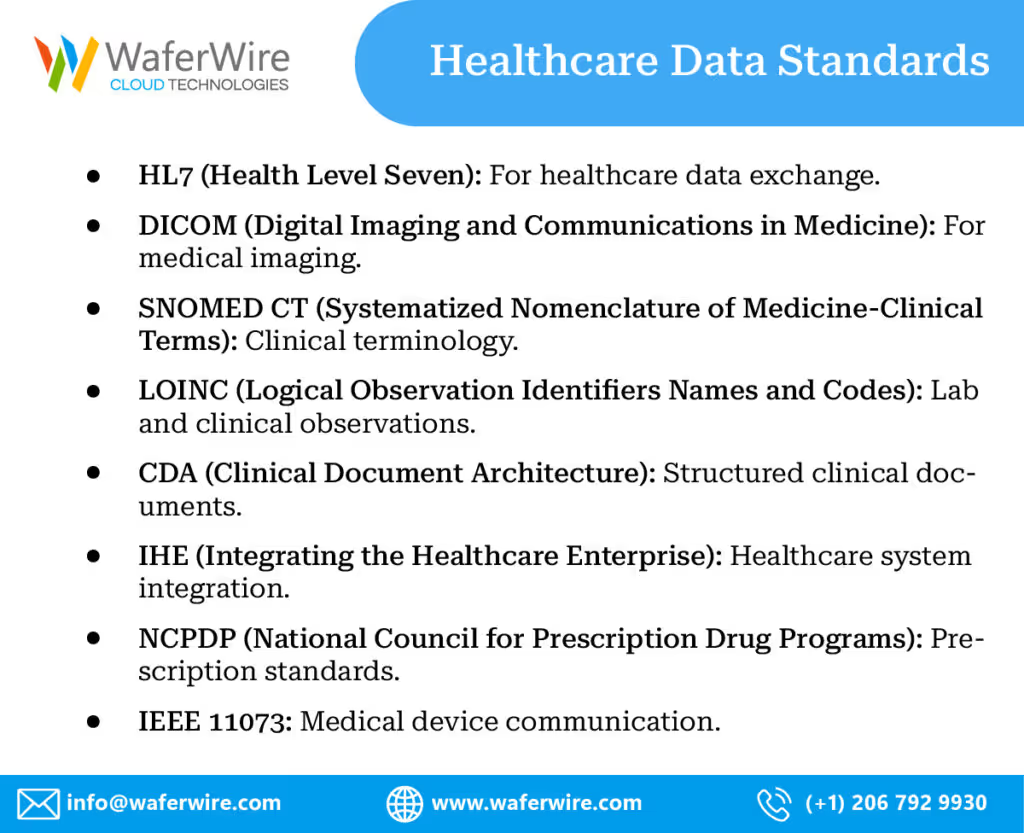
How to implement:
2. Unified data platforms:Investing in unified data platforms is pivotal for achieving comprehensive analysis of medical device data. These platforms act as central hubs capable of ingesting, processing, and integrating diverse data types from various sources, providing a holistic view of patient health and enabling informed decision-making.
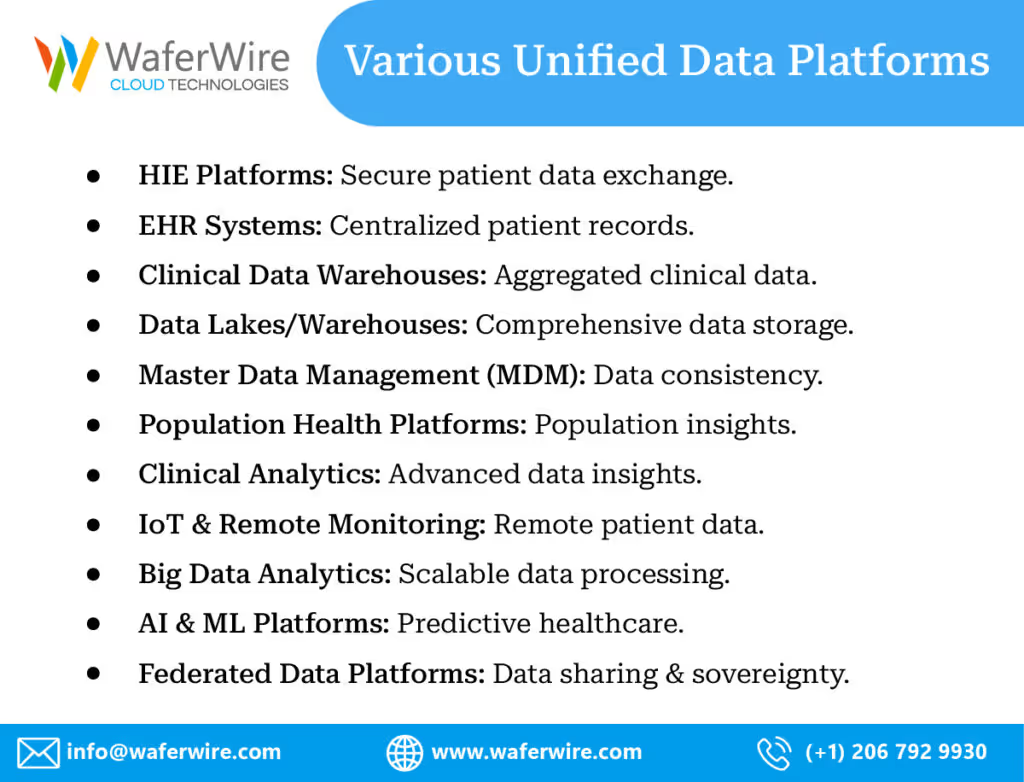
How to implement:
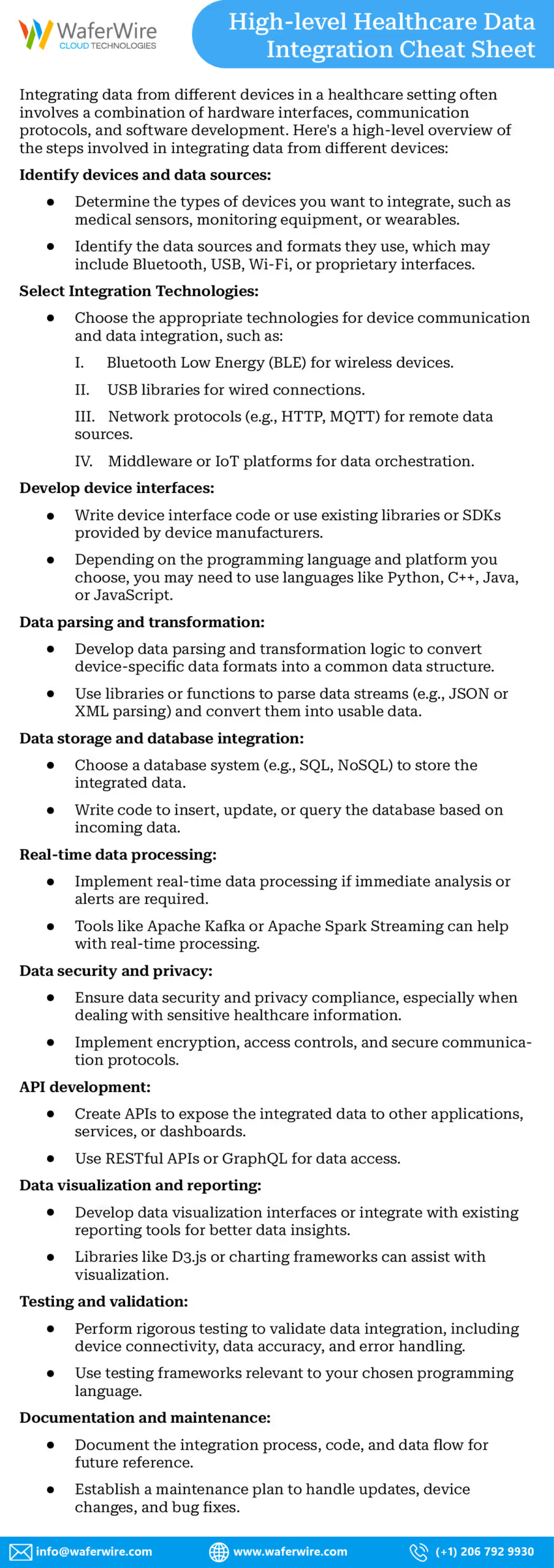
3. Advanced analytics and AI:Leveraging advanced analytics and artificial intelligence (AI) is a transformative approach to extracting insights from raw medical device data. These technologies can uncover patterns, correlations, and anomalies that are beyond the scope of traditional analysis methods, enabling early diagnosis, treatment optimization, and predictive modeling. How to implement:
4. Data governance and security:As the volume of medical device data increases, maintaining robust data governance and security protocols becomes paramount. Protecting patient privacy and complying with regulations such as HIPAA are non-negotiable aspects of comprehensive data analysis.
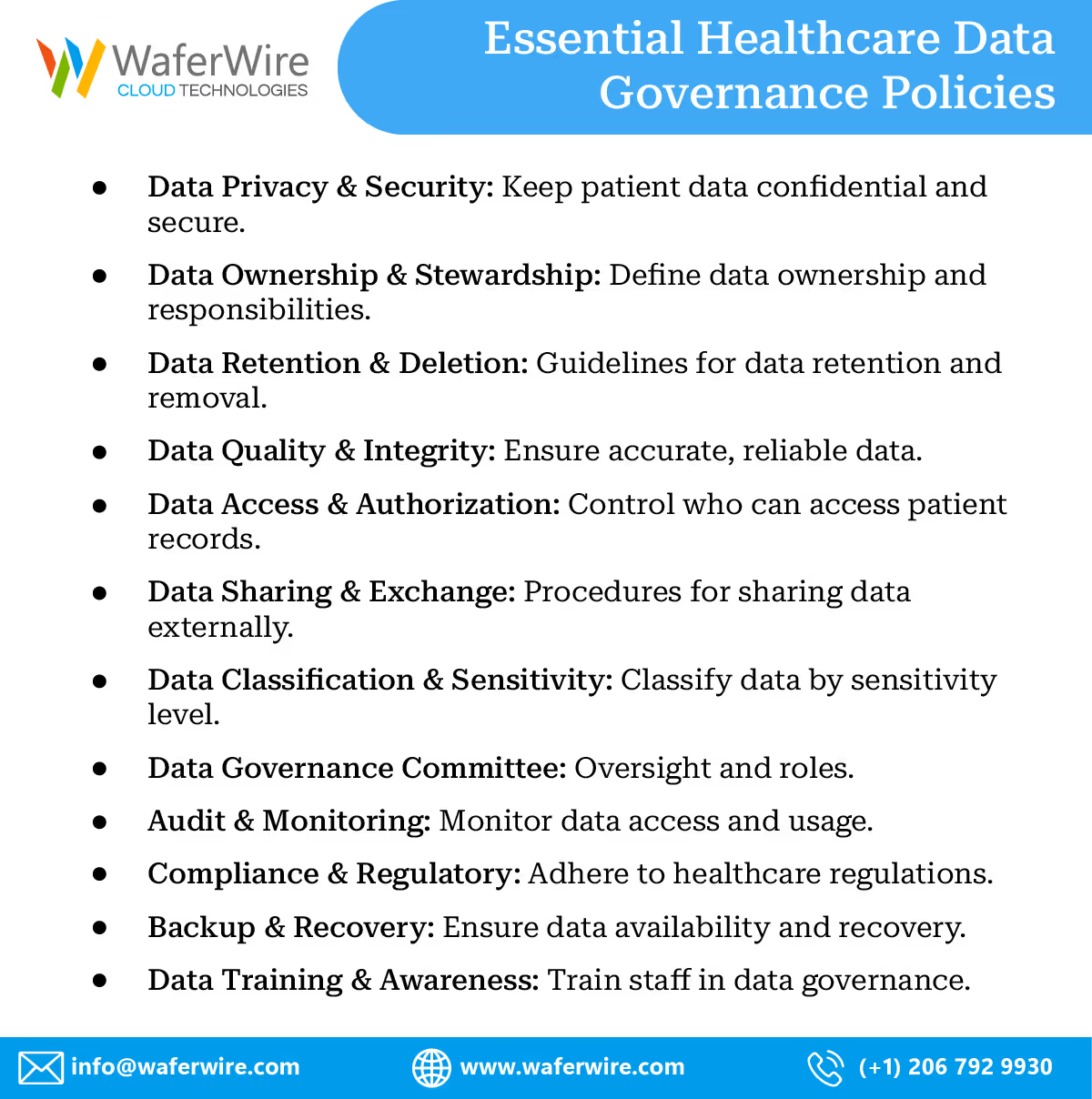
How to implement:
Implementing encryption and secure transmission mechanisms for data in transit and at rest involves a combination of technologies and practices. Below are high-level steps, along with code examples using Python for illustration. For Data in Transit (Secure Communication):
Here's a Python example using the Flask web framework to configure HTTPS:
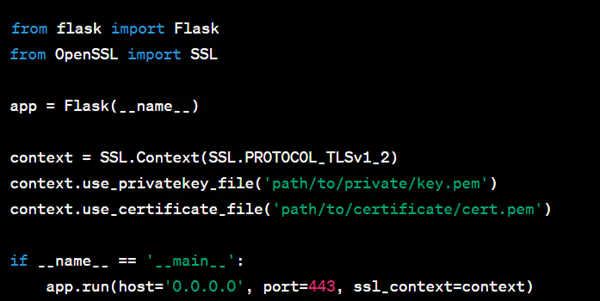
For Data at Rest (Data Encryption):
Here's a Python example using the cryptography library to encrypt and decrypt data:

3. Regularly audit and assess data security measures to identify vulnerabilities and address potential threats promptly.
Let's delve into a real-world scenario that vividly illustrates how bridging the data gap between medical devices and existing systems can bring about transformative changes in patient care and clinical outcomes. Imagine a bustling diabetes clinic, where patients come seeking expert care to manage their condition effectively. Among the innovative tools at the clinic's disposal are wearable glucose monitors, which continuously track blood glucose levels in patients with diabetes. These devices provide invaluable real-time data, helping patients and healthcare providers alike to monitor glucose fluctuations and make informed decisions regarding treatment and lifestyle adjustments. However, up until recently, this valuable data was a double-edged sword. While the wearable glucose monitors were generating a wealth of critical information, the challenge lay in integrating this data seamlessly with the patients' electronic health records (EHR) and the clinic's data management systems. This is where the data gap becomes evident. Without a bridge between the glucose monitor data and the existing patient records, the clinic was facing limitations in fully utilizing the potential of this real-time information. The data generated by the wearable devices was essentially residing in silos, separate from the comprehensive patient profiles maintained in the clinic's database. This lack of integration hindered the clinic's ability to conduct holistic analysis, draw meaningful insights, and optimize treatment strategies.
With a concerted effort to bridge the data gap, the clinic decided to embark on a journey of transformation. By integrating the wearable glucose monitor data with patient records, clinicians suddenly found themselves armed with a powerful toolset for proactive and personalized diabetes management. As patients wore their glucose monitors, the data they generated seamlessly flowed into their electronic health records. The integrated system allowed clinicians to:
The impact of bridging the data gap was profound. Patients experienced improved quality of life, fewer severe fluctuations in glucose levels, and a sense of empowerment as they actively participated in managing their condition. Clinicians, on the other hand, were better equipped to make informed decisions, deliver personalized care, and prevent complications. This case serves as a testament to the tangible benefits of closing the data gap. By seamlessly integrating medical device data with existing systems, healthcare organizations unlock the potential for proactive, personalized, and data-driven healthcare. It underscores the fact that data, when harnessed effectively, has the power to revolutionize patient care, streamline clinical workflows, and contribute to the advancement of medical knowledge. In the rapidly evolving landscape of healthcare, the case of the diabetes clinic highlights the importance of bridging the data gap as a steppingstone toward a future where medical device-generated data seamlessly integrates with existing systems, propelling patient care to new heights.
Are you looking to transform lives through comprehensive data analysis?
Implementing strategies to bridge the gap between medical device-generated data and existing data systems in a healthcare organization can be a complex endeavor, often accompanied by various challenges. Being prepared to navigate these challenges is crucial for the successful execution of these strategies. Let's explore some possible challenges and how organizations can prepare to address them:1. Resistance to standardization:Challenge: Convincing device manufacturers to adopt common data standards can be challenging due to existing proprietary formats and established practices. Preparation:
2. Data Integration Complexities:Challenge: Integrating diverse data from various medical devices and sources can be technically complex, requiring careful data mapping, cleansing, and transformation. Preparation:
3. AI and analytics skill gap:Challenge: Building and deploying advanced analytics and AI models requires specialized expertise that may be lacking within the organization. Preparation:
4. Data privacy and security concerns:Challenge: Ensuring data privacy and security while integrating and analyzing medical device data is critical but can be complex due to stringent regulations and potential vulnerabilities. Preparation:
5. Organizational Resistance to Change:Challenge: Some stakeholders within the organization might resist the changes associated with implementing these strategies, whether due to workflow disruptions or concerns about the effectiveness of new approaches. Preparation:
6. Resource allocation:Challenge: Implementing these strategies can require significant financial and human resources, which might strain the organization's budgets and workforce. Preparation:
By understanding and preparing for these challenges, healthcare organizations can embark on the journey of implementing strategies to bridge the data gap with confidence. A combination of careful planning, collaboration, strategic partnerships, and a willingness to adapt will be essential in overcoming these hurdles and realizing the potential benefits of comprehensive data analysis from medical devices.
Have any challenges that stop you from leveraging comprehensive data analysis?
The bridging of the data gap between medical device-generated data and existing data systems offers substantial benefits to both clinical researchers and pharmaceutical companies. This transformative change enhances their capabilities, accelerates research, and paves the way for more precise and effective healthcare solutions. Here's how they stand to gain: Benefits for Clinical Researchers:
Benefits for Pharma Companies:
To summarize, bridging the data gap between medical devices and existing systems is a monumental step toward revolutionizing patient care and advancing medical knowledge. If you're inspired by the potential of harnessing the transformative power of data, we invite you to explore further. At WaferWire, we specialize in data and analytics solutions tailored to the healthcare sector. Our experts are well-versed in navigating the complexities of integrating, analyzing, and deriving actionable insights from diverse medical device data sources. Whether you're a healthcare provider, clinical researcher, or pharmaceutical company, our team is here to guide you on your journey toward data-driven excellence. While the decision to take this transformative step is ultimately yours, we're here to support you every step of the way. Contact us today to start a conversation about how we can help your organization harness the full potential of medical device-generated data and shape the future of healthcare. Remember, the power to transform is in your hands. Together, we can unlock a new era of proactive, personalized, and data-driven healthcare.

